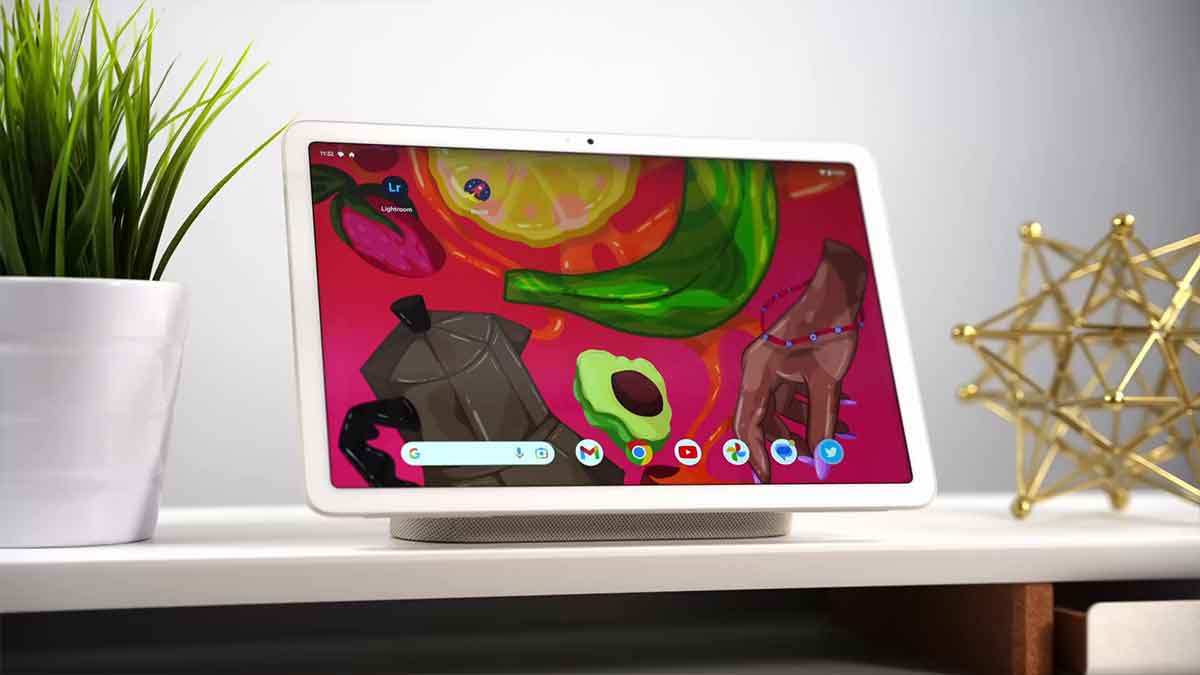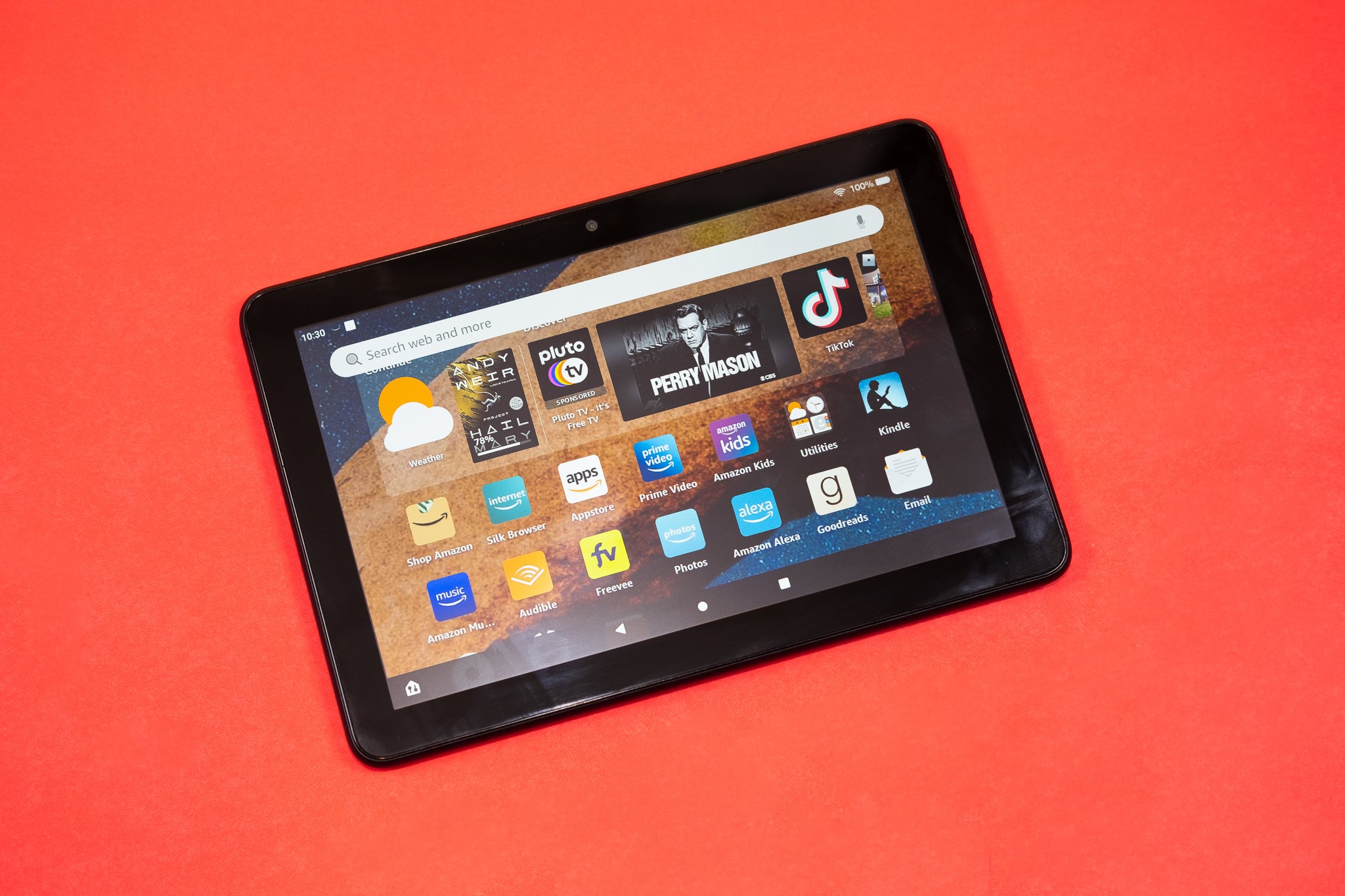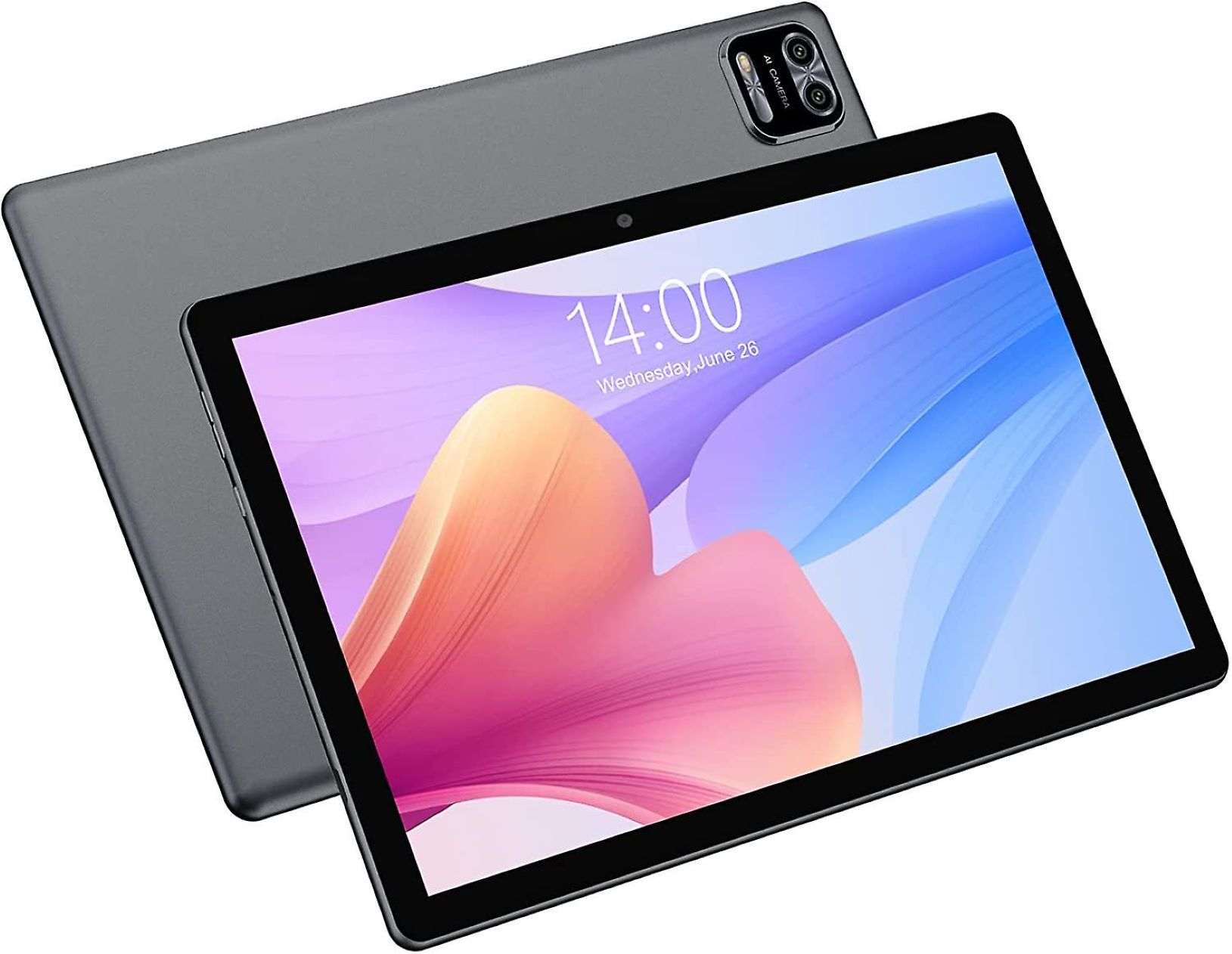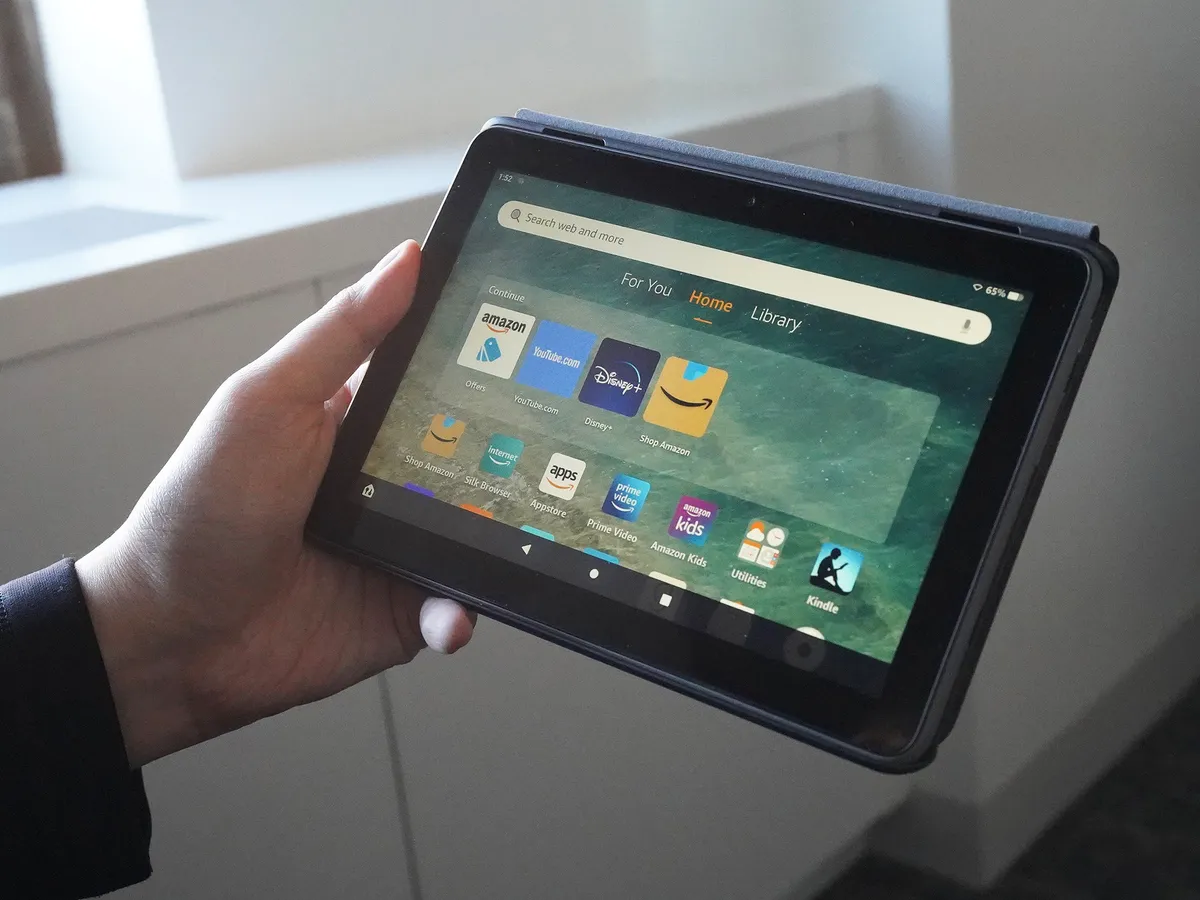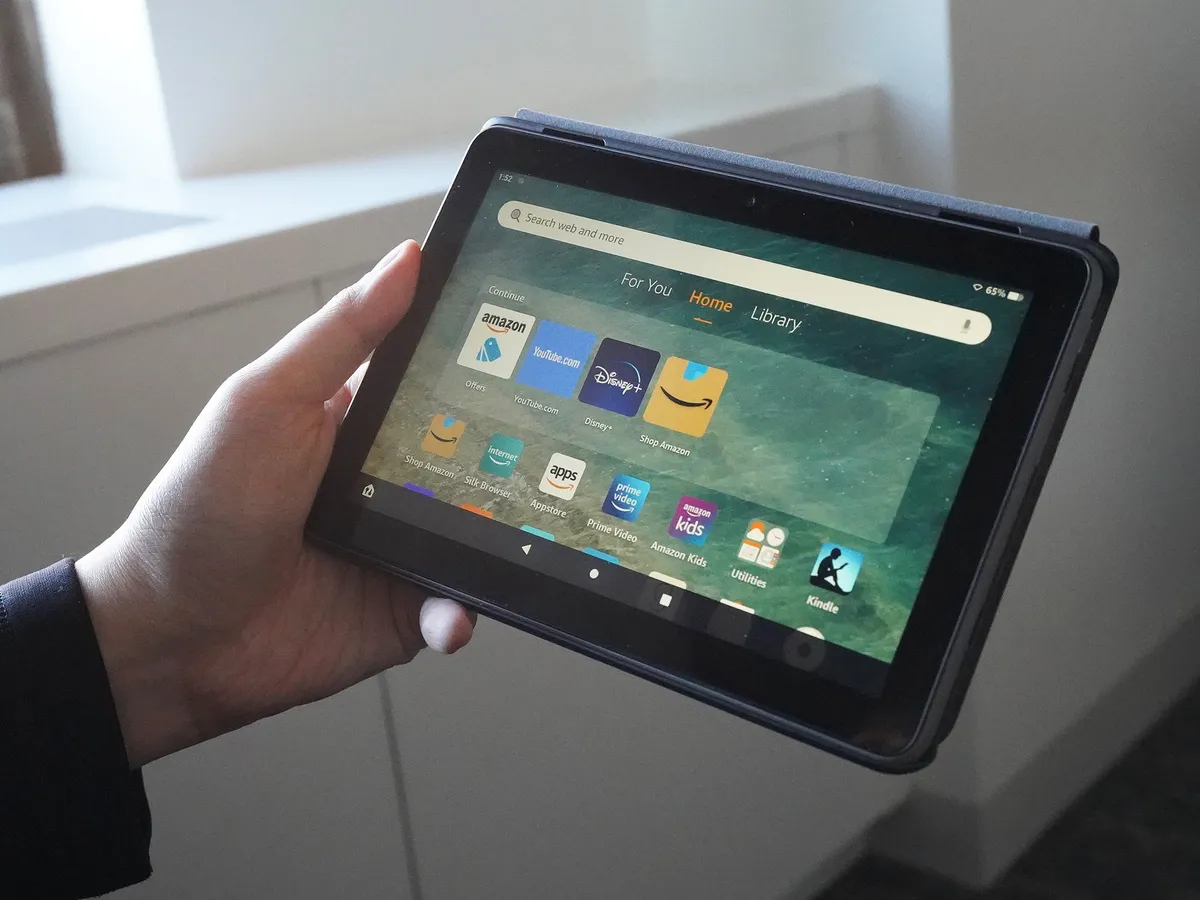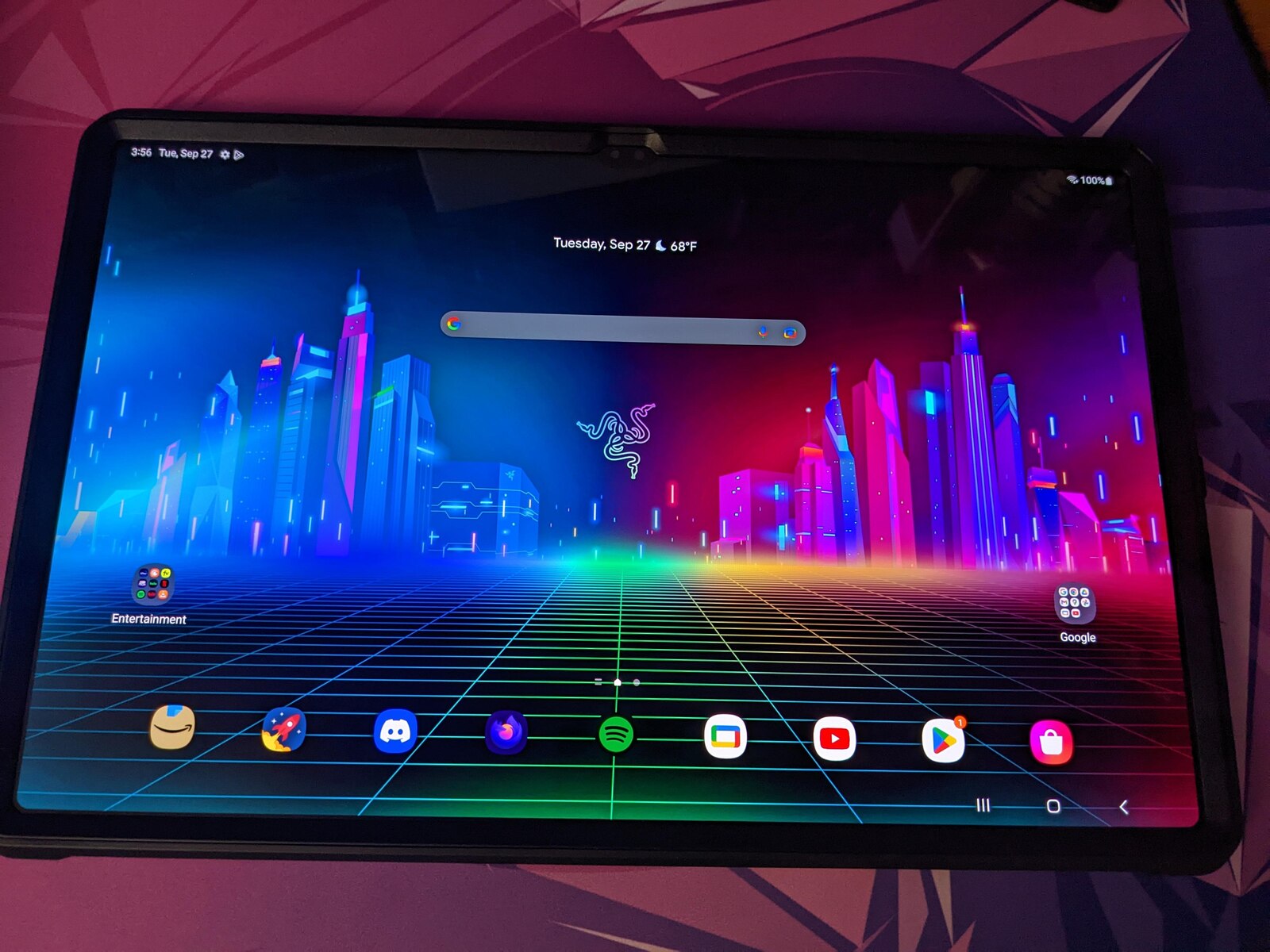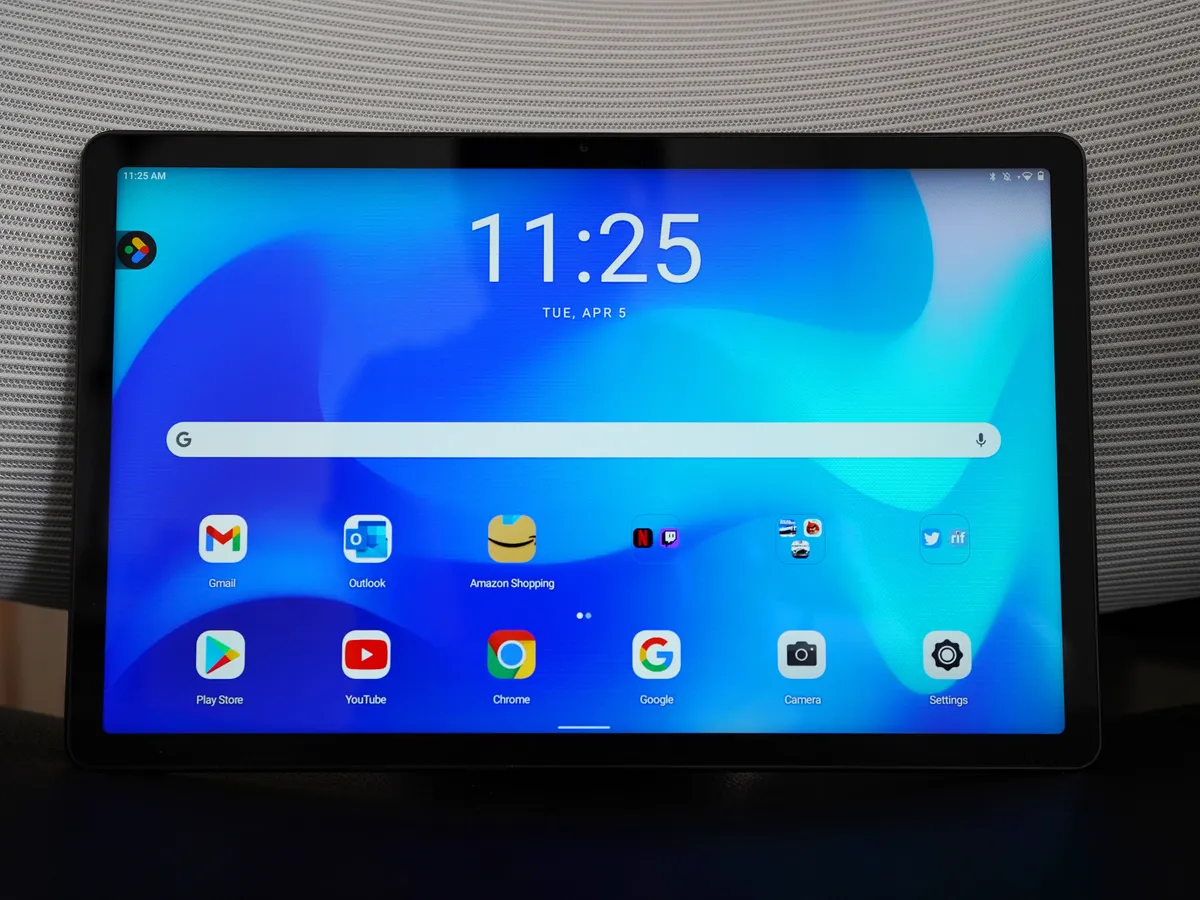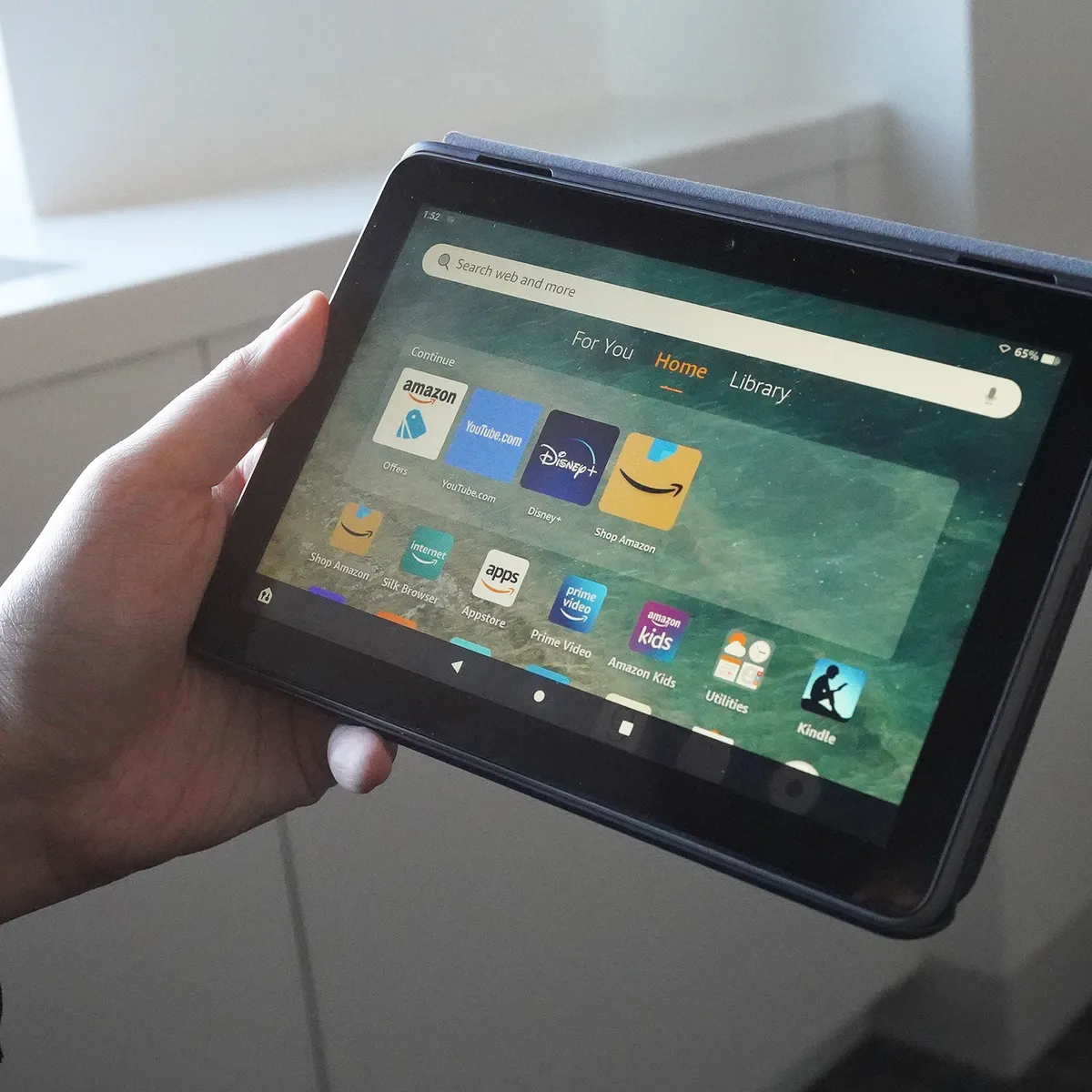Factors Affecting the Lifespan of an Android Tablet
When investing in an Android tablet, it’s important to consider how long it will last before needing to be replaced. The lifespan of a tablet can vary depending on several factors. Understanding these factors can help you make informed decisions when purchasing and using your device. Let’s explore the key factors that affect the lifespan of an Android tablet:
- Operating System Updates: The regular release of operating system (OS) updates is crucial for the longevity of an Android tablet. These updates not only bring new features and improvements but also address security vulnerabilities. Regular updates ensure that your tablet remains compatible with the latest apps and software, extending its lifespan.
- Battery Life and Health: The battery is a vital component that impacts the longevity of an Android tablet. Over time, the battery capacity may decrease, leading to shorter battery life. It’s important to follow best practices such as avoiding overcharging and keeping the battery temperature within the recommended range. Battery health is also influenced by usage patterns, so optimizing settings like screen brightness and app background activity can help prolong battery life.
- Hardware Quality: The quality of the hardware components plays a significant role in the lifespan of an Android tablet. Tablets with higher build quality, durable materials, and reliable internals tend to last longer. Investing in a tablet from a reputable manufacturer known for quality products can help ensure a longer lifespan.
- Usage and Storage Practices: How you use and store your Android tablet can greatly impact its lifespan. Avoid exposing the tablet to extreme temperatures and moisture, as these can damage the internal components. Similarly, using the tablet excessively or subjecting it to frequent drops can cause physical damage that may shorten its lifespan.
- Apps and Software Compatibility: The compatibility of apps and software with your Android tablet’s operating system is another crucial factor. As newer and more advanced apps are released, older tablets may struggle to run them smoothly. Eventually, app support for older OS versions may cease, limiting the functionality of your tablet.
- Manufacturer Support and Warranty: The support provided by the manufacturer and the length of the warranty can impact the overall lifespan of a tablet. A manufacturer that offers regular updates, prompt customer support, and a longer warranty period can help extend the life of your device by addressing any issues that may arise.
- Device Performance and Aging: As with any electronic device, an Android tablet’s performance may degrade over time due to natural aging. As newer, more resource-intensive apps and software are developed, older tablets may struggle to keep up. Eventually, the tablet’s performance may decline to a point where it becomes less usable and a new device is necessary.
By considering these factors when purchasing and using your Android tablet, you can make informed decisions that will help extend its lifespan. Remember to prioritize regular OS updates, maintain battery health, handle the tablet with care, and choose a trusted manufacturer. With proper care and mindful usage practices, you can enjoy your Android tablet for many years to come.
Operating System Updates
One of the key factors that can significantly impact the lifespan of an Android tablet is the regularity of operating system (OS) updates. Android OS updates are essential for several reasons, including enhanced features, improved security, and compatibility with the latest apps and software.
When a new OS version is released, it typically introduces new functionalities and optimizations that can enhance the overall performance of your tablet. These updates often include improvements to battery life, system stability, and user interface, providing a smoother and more efficient user experience.
Another crucial aspect of OS updates is security. As technology advances, so do the strategies employed by cybercriminals to exploit vulnerabilities. OS updates often include security patches that address these vulnerabilities, ensuring that your tablet remains protected against potential threats.
Furthermore, regular OS updates play a vital role in maintaining compatibility with the latest apps and software available in the market. As developers release new applications and updates, they are designed to work seamlessly with the latest OS versions. Over time, older OS versions may no longer support certain apps or software updates, limiting the functionality and usability of your tablet.
To ensure the longevity of your Android tablet, it is crucial to enable automatic OS updates or regularly check for available updates manually. By keeping your tablet up-to-date with the latest OS version, you can take advantage of new features, improve security, and ensure compatibility with the latest apps and software.
Remember, different manufacturers handle OS updates differently. While some may provide consistent and timely updates for a longer duration, others may not prioritize updates as prominently. When purchasing an Android tablet, it is wise to consider a manufacturer known for its commitment to regular updates and long-term support.
In summary, keeping your Android tablet up-to-date with the latest operating system updates is vital for prolonging its lifespan. These updates bring new features, improved security, and compatibility with the latest apps and software. By prioritizing OS updates and choosing a manufacturer with a strong track record of providing timely updates, you can ensure that your tablet remains functional and relevant for an extended period.
Battery Life and Health
The battery is a crucial component that greatly affects the lifespan of an Android tablet. Over time, the capacity of a tablet’s battery gradually decreases, leading to shorter battery life and the need for more frequent charging. However, there are several steps you can take to optimize the battery life and maintain its health, ultimately extending the lifespan of your tablet.
One essential practice is to avoid overcharging. Although modern devices are equipped with mechanisms to prevent overcharging, leaving your tablet plugged in for extended periods can still impact the longevity of the battery. It is advisable to unplug the charger once the battery is fully charged, preferably keeping it between 20% and 80% charged at all times.
Another factor that affects battery health is the temperature. Exposure to extreme heat or cold can degrade the battery’s performance and lifespan. It is important to use and store your tablet within the recommended temperature range to prevent any damage. Additionally, high ambient temperatures can cause your tablet to heat up during usage, which can further impact the battery life and overall lifespan.
Optimizing the settings of your tablet can also contribute to better battery life. Lowering the screen brightness, limiting background app activity, and utilizing power-saving modes can help preserve battery life, allowing you to use your tablet for longer periods before needing to recharge.
It is worth noting that the charging cable and adapter you use can also have an impact on battery health. Using a reputable and compatible charger can prevent overcharging and ensure efficient charging, reducing stress on the battery cells.
Furthermore, as your tablet ages, you may notice that the battery life becomes noticeably shorter. This is a natural occurrence due to the chemical reactions happening within the battery. If the battery life becomes significantly diminished, contacting the manufacturer or a reputable service center to inquire about battery replacement options is advisable.
By following these best practices, you can optimize the battery life and maintain the health of your Android tablet’s battery. Taking care to avoid overcharging, keeping the tablet within the recommended temperature range, optimizing settings, and using compatible chargers can all contribute to a longer-lasting battery and extend the overall lifespan of your tablet.
Hardware Quality
When considering the lifespan of an Android tablet, the quality of its hardware components plays a significant role. Tablets with higher-quality hardware tend to have a longer lifespan and better durability, providing a more reliable and enjoyable user experience.
One aspect of hardware quality to consider is the build materials used in the tablet’s construction. Tablets made with sturdy materials such as aluminum or high-quality plastic are generally more resistant to wear and tear. They are less prone to flexing, bending, or cracking, which can affect the overall longevity of the device.
In addition to the external materials, the internal components of a tablet also contribute to its lifespan. Tablets with reliable processors, sufficient RAM, and adequate storage capacity tend to age more gracefully. These factors ensure that the tablet can handle software updates, newer apps, and demanding tasks over time.
Furthermore, the quality of the display is another important factor. Tablets with high-resolution screens that are resistant to scratches and damage are more likely to withstand daily use without experiencing image degradation or touchscreen issues. A visually pleasing and functional display greatly enhances the overall user experience and longevity of the tablet.
It is also worth considering the reputation and track record of the manufacturer when assessing hardware quality. Brands known for producing high-quality devices tend to prioritize durability and create tablets that can withstand the test of time. Researching and reading reviews about the manufacturer’s previous products can give you insights into their commitment to hardware quality.
While tablets with higher-quality hardware may have a higher initial cost, they often provide better longevity and value for your investment. By investing in a tablet from a reputable manufacturer known for producing durable and high-quality devices, you can increase the likelihood of using your tablet for a longer period.
Overall, the hardware quality of an Android tablet is a crucial factor that determines its lifespan. Tablets with durable build materials, reliable internal components, high-resolution screens, and a reputable manufacturer tend to last longer and provide a better user experience. By prioritizing hardware quality when choosing a tablet, you can increase the longevity and satisfaction you derive from your device.
Usage and Storage Practices
How you use and store your Android tablet can greatly impact its lifespan. By following proper usage and storage practices, you can ensure that your tablet remains in optimal condition and functions well over an extended period.
First and foremost, it is crucial to handle your tablet with care to avoid physical damage. Avoid subjecting it to unnecessary drops, impacts, or excessive pressure. Using a protective case and screen protector can offer an added layer of protection against accidental damage.
Additionally, it is important to keep your tablet away from extreme temperatures and moisture. Exposure to high temperatures and humidity can cause internal components to expand or corrode, leading to performance issues or even irreparable damage. Therefore, it is best to store the tablet in a cool and dry place, away from direct sunlight or water sources.
Another aspect of usage that impacts the tablet’s lifespan is the frequency and duration of usage. Excessive and continuous usage can put stress on the tablet’s components, causing them to wear out more quickly. Give your tablet regular breaks and avoid using it for extended periods without giving it a chance to cool down.
Proper charging practices also play a role in the lifespan of your tablet. Avoid using cheap or counterfeit chargers that may not be optimized for your specific tablet model. It is recommended to use the original charger provided by the manufacturer or a reputable third-party charger that is compatible with your tablet. Over time, using substandard chargers can damage the battery or other internal components.
Regular software maintenance is also essential for the longevity of your tablet. Keep your tablet’s operating system, apps, and firmware up to date. Regularly clearing cache and temporary files can also help maintain optimal performance. Poorly optimized or outdated software can put unnecessary strain on the tablet’s resources, affecting its overall lifespan.
Lastly, it is advisable to avoid installing unnecessary or resource-intensive apps that may bog down your tablet’s performance. Be mindful of the apps you install and regularly review and remove any unused or rarely used ones. This will help free up storage space and ensure that your tablet runs smoothly without unnecessary strain on its hardware.
By following these usage and storage practices, you can significantly extend the lifespan of your Android tablet. Handle it with care, store it appropriately, avoid extreme temperatures and moisture, use proper charging methods, and maintain software cleanliness. These practices will help ensure that your tablet remains functional and performs optimally for a longer duration.
Apps and Software Compatibility
The compatibility of apps and software with your Android tablet’s operating system is a critical factor in its lifespan. As technology advances, new apps and software are constantly being developed with improved features and functionality. However, older tablets may struggle to run these newer apps smoothly or even be unable to support them at all.
Over time, app developers may stop supporting older versions of operating systems, focusing their efforts on compatibility with the latest OS versions instead. As a result, you may find that certain apps no longer receive updates or fail to work correctly on your tablet if it is running an outdated OS version.
Using apps that are not designed for your tablet’s OS version can impact both the performance and functionality of your device. Apps may crash frequently, run slowly, or lack certain features and optimizations. This can significantly affect your user experience and may lead to frustration.
To ensure the longevity of your Android tablet, it is important to keep your operating system up to date with the latest version provided by the manufacturer. Regular OS updates not only bring new features, security improvements, and bug fixes but also ensure compatibility with the latest apps and software offerings in the market.
When installing apps on your tablet, make sure to check the compatibility requirements listed in the app’s description on the Google Play Store or other app stores. It is recommended to choose apps that are compatible with your tablet’s current OS version to ensure optimal performance and functionality.
While keeping up with OS updates and installing compatible apps is crucial, it is also essential to exercise caution with third-party apps and software. Use trusted sources to download apps and avoid installing potentially harmful or poorly optimized software on your tablet.
Regularly monitoring app and software updates is also important. Keep track of new releases and updates that may enhance the performance and compatibility of the apps you use. Developers often address bugs, add features, and improve compatibility in their updates.
By ensuring that your Android tablet runs on the latest operating system and using apps that are compatible with your tablet’s OS version, you can extend the lifespan of your device. This will not only provide a smoother and more enjoyable user experience but also allow you to access the latest features and functionalities offered by app developers.
Manufacturer Support and Warranty
The level of support provided by the manufacturer and the warranty offered for your Android tablet can have a significant impact on its lifespan. A manufacturer’s commitment to ongoing support and the length of the warranty can greatly affect the overall longevity and satisfaction you derive from your tablet.
When purchasing an Android tablet, it is important to research the reputation of the manufacturer and their history of providing software updates and customer support. Manufacturers that prioritize customer satisfaction often provide regular updates to address software issues, improve performance, and enhance compatibility with new apps and software releases.
Regular software updates from the manufacturer not only contribute to the longevity of the tablet but also ensure that your device remains secure and protected against emerging threats. Timely security patches and software fixes are essential to safeguard your tablet and the data it contains.
In addition to software updates, a manufacturer’s warranty can offer peace of mind regarding the longevity of your tablet. Different manufacturers offer varying warranty lengths, with some providing extended warranty periods or options for additional coverage. Understanding the terms and conditions of the warranty will help you make informed decisions about the level of support you can expect from the manufacturer.
Should any issues arise with your tablet during the warranty period, the manufacturer’s support and warranty coverage can prove invaluable. Prompt and reliable customer support can assist with troubleshooting, repairs, or even providing a replacement device if necessary.
It is important to note that manufacturer support and warranty coverage may vary depending on the region and the specific model of your Android tablet. Some manufacturers may offer extended support and warranty options for their flagship or high-end models, while others may have more limited coverage for entry-level or budget devices.
Before making a purchase, carefully review the manufacturer’s warranty policy and understand the level of support offered. Consider choosing a manufacturer known for their commitment to customer satisfaction, timely updates, and reliable customer support.
By selecting a tablet from a manufacturer that offers comprehensive support and a generous warranty, you can extend the lifespan of your Android tablet. Regular software updates, responsive customer support, and the peace of mind provided by a warranty ensure that your device remains functional and enjoyable to use for years to come.
Device Performance and Aging
Over time, the performance of an Android tablet can naturally decline as it ages. While the lifespan of a tablet can vary depending on various factors, including usage patterns and hardware quality, understanding how device performance can be affected over time is crucial to prolonging its lifespan.
As technology advances, newer apps and software are often designed to be more resource-intensive and demanding. This means that older tablets may struggle to run these updated applications smoothly, leading to lagging performance and decreased user satisfaction. The performance degradation may also be noticeable when multitasking or running multiple apps simultaneously.
Another factor that affects device performance over time is the accumulation of temporary files, cached data, and app remnants. Over time, these files can clog up storage space and impact the overall speed and responsiveness of the tablet. Regularly clearing cache and unnecessary files can help improve device performance and longevity.
Additionally, the wear and tear on the hardware components may contribute to performance degradation. The processor, RAM, and internal storage may not be able to handle the demands of newer applications and software as effectively as when they were first released. This can result in slower app loading times, increased system freezes, and general sluggishness.
However, there are steps you can take to mitigate performance issues and extend the lifespan of your tablet. Regularly updating the tablet’s operating system and apps can ensure that you have the latest optimizations and bug fixes, improving overall performance. Optimizing settings such as disabling unnecessary animations, reducing background processes, and closing unused apps can also help alleviate performance bottlenecks.
Furthermore, keeping your tablet’s storage space clean and organized can contribute to better performance. Regularly reviewing and uninstalling unnecessary apps, moving media files to external storage, and transferring files to cloud storage can free up space and improve device responsiveness.
If you notice a significant decline in performance as your tablet ages, it may be worth considering a factory reset. This will restore your device to its original state, removing any accumulated clutter and potentially improving performance. However, it is important to back up your data before performing a factory reset, as this process will erase all data on your tablet.
By being mindful of device performance and taking steps to maintain it, you can extend the lifespan of your Android tablet. Regular software updates, optimized settings, storage management, and, if needed, a factory reset can help alleviate performance issues and ensure that your device remains functional and enjoyable to use for a longer period.







